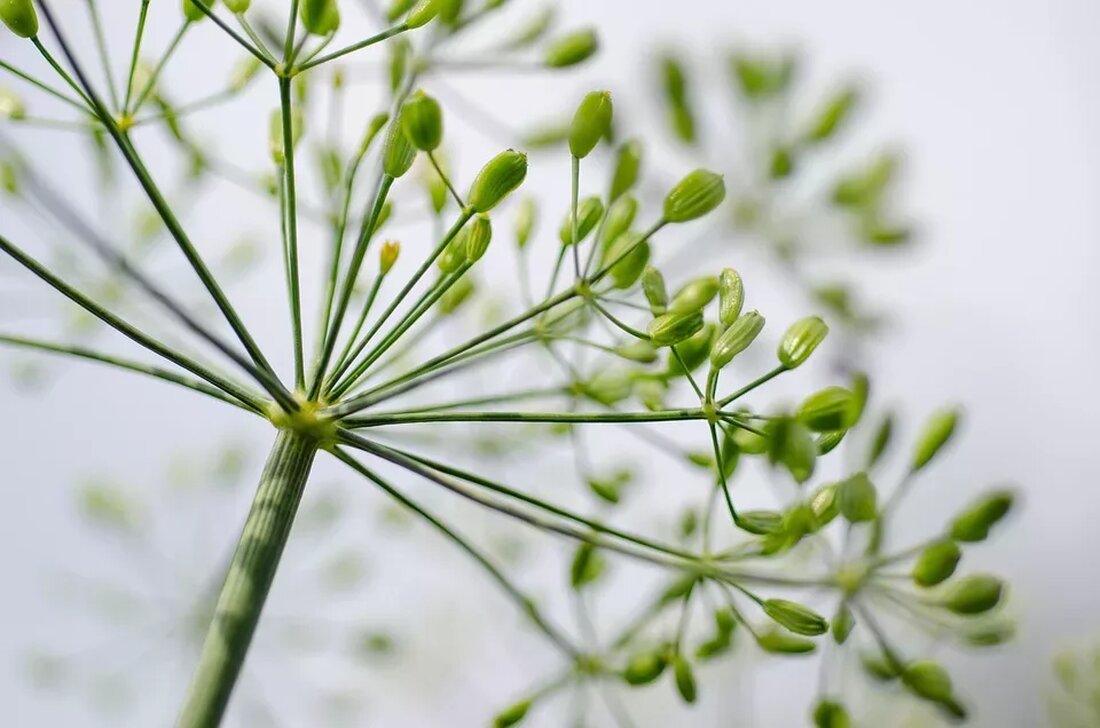Culinary herbs and their healing properties
Culinary herbs and their healing properties Herbs have always been known for their culinary and medicinal potential. Many of these plants are used in cooking to improve the taste of dishes and give them a special aroma. But the potential of these culinary herbs goes far beyond their culinary value. Many of them also have impressive healing properties that have been used for centuries by various cultures around the world. Some of the most popular culinary herbs and their respective healing properties are explained in more detail below. Rosemary (Rosmarinus officinalis) Rosemary is an evergreen plant known for its wonderful aromatic properties. …

Culinary herbs and their healing properties
Culinary herbs and their healing properties
Herbs have always been known for their culinary and medicinal potential. Many of these plants are used in cooking to improve the taste of dishes and give them a special aroma. But the potential of these culinary herbs goes far beyond their culinary value. Many of them also have impressive healing properties that have been used for centuries by various cultures around the world. Some of the most popular culinary herbs and their respective healing properties are explained in more detail below.
Rosemary (Rosmarinus officinalis)
Rosemary is an evergreen plant known for its wonderful aromatic properties. It is often used in Mediterranean cuisine to flavor dishes such as meat, potatoes and vegetables. Aside from its culinary value, rosemary also has a number of health-promoting properties. It has antioxidant properties that may help protect cells from free radical damage. Studies have shown that rosemary also has anti-inflammatory properties and can help relieve pain and inflammation. In addition, it can also improve concentration and memory.
Thyme (Thymus vulgaris)
Thyme is an herbaceous plant with an intense aroma. It is an essential ingredient in many Mediterranean dishes and is often used in soups, stews and sauces. In addition to its use in the kitchen, thyme also has impressive healing properties. It contains compounds that can have antibacterial and antiviral effects. Thyme can also help relieve cough and cold symptoms. Thyme essential oils can also have a calming and relaxing effect, reducing stress and anxiety.
Basil (Ocimum basilicum)
Basil is one of the most commonly used herbs in cooking. It has a sweet, spicy taste and is used in both savory and sweet dishes. In addition to its culinary value, basil also has a number of health benefits. It contains essential oils that can have anti-inflammatory and antimicrobial effects. Basil can also help with digestion and relieve stomach pain, bloating, and nausea. In addition, basil also contains antioxidants that can help protect the body from free radical damage.
Parsley (Petroselinum crispum)
Parsley is a popular ingredient in many dishes around the world. It has a fresh, slightly spicy taste and is often used as a garnish. In addition to its culinary uses, parsley also has a number of health benefits. It is a good source of vitamin K, which is important for blood clotting. Parsley also contains flavonoids, which have powerful antioxidant properties and may help fight inflammation. In addition, parsley can also help detoxify the body as it has diuretic properties and can promote the elimination of toxins.
Oregano (Origanum vulgare)
Oregano is an herb that is widely used in Mediterranean and Mexican cuisine. It has a strong, spicy flavor and is often used in pizza seasoning mixes and tomato sauces. In addition to its use as a spice, oregano also has impressive healing properties. It contains carvacrol, a compound with powerful antibacterial and antifungal properties. Oregano can also help fight inflammation and help relieve discomfort from digestive problems. In addition, oregano also contains antioxidants that can protect the body from free radical damage.
Conclusion
Culinary herbs are not only delicious ingredients in the kitchen, but also valuable sources of natural remedies. Rosemary, thyme, basil, parsley and oregano are just a few examples of herbs with impressive healing properties. These herbs contain a variety of compounds that may have antioxidant, anti-inflammatory, and antibacterial properties. By regularly including these herbs in your diet, you can reap their numerous health benefits. So don't hesitate to season your dishes with these delicious and healing herbs!

 Suche
Suche
 Mein Konto
Mein Konto
